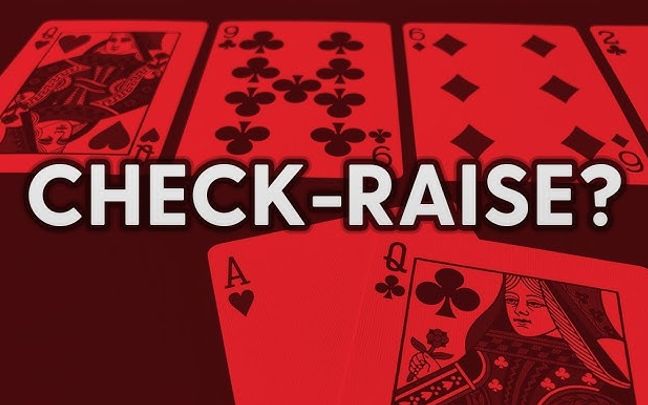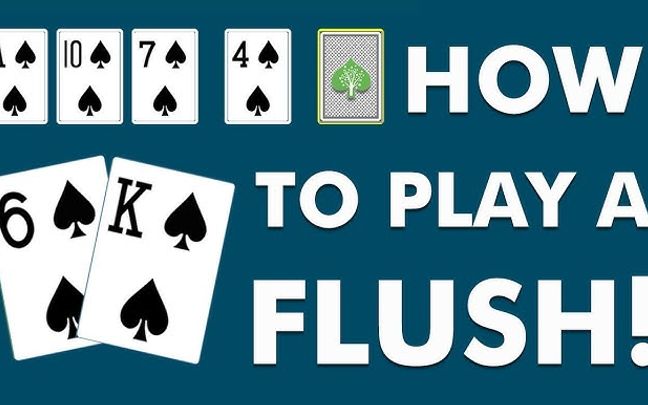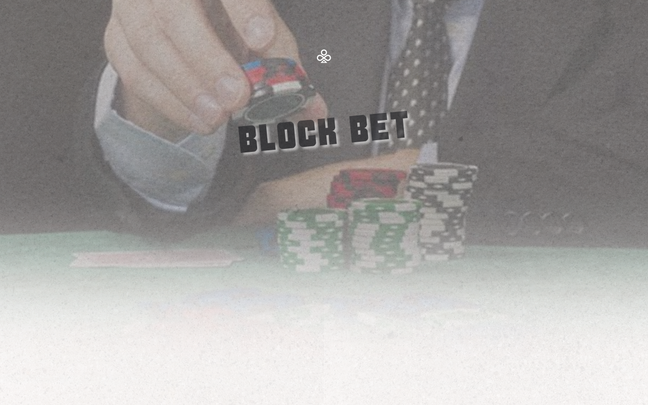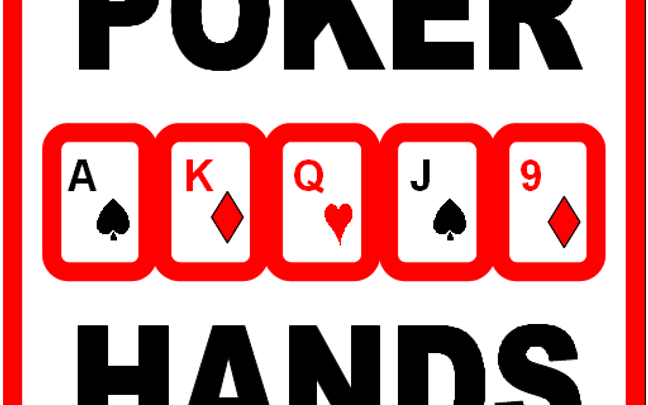A check-raise on the River is a bold and nuanced strategy, used to exert maximum pressure on an opponent in the final betting round. This move is crucial for optimizing value from strong hands or executing effective bluffs.
This article will help you understand how to apply the check-raise on the River in a smart and effective way.

What is a Check-Raise on the River?
A check-raise on the River is a sophisticated and risky strategy in poker, typically employed when you want to exert significant pressure on your opponent in the final betting round—the River.
The River is a crucial stage, where the last community card is dealt, and the most significant decisions of the hand are made. Therefore, a check-raise on the River is often a bold move aimed at maximizing profit when you have a strong hand or putting your opponent in a difficult position if they wish to continue with a weak hand.
How to Execute a Check-Raise on the River
In the River round, after the final card has been revealed, players will make their final decisions about betting.
A player can choose to "check"—not betting, just like in previous rounds. When the opponent bets, the player who checked can then "raise," which is the check-raise on the River. The significant difference on the River compared to earlier rounds is that no further cards will be dealt, so every decision is based solely on the strength of the player’s current hand.
Goals of a Check-Raise on the River
Maximizing Value with a Strong Hand: If you hold an exceptionally strong hand, such as a straight or flush, you might want to check to make your opponent think you have a weaker hand, enticing them to bet. Once they have bet, you can then raise to add more money to the pot. The opponent will find themselves in a tough spot, and they may have to pay a high price if they want to continue.
Bluffing Against a Weak Hand: A check-raise on the River can also serve as a powerful bluffing tool. If you believe your opponent has only a mediocre or weak hand, a large check-raise can force them to fold, especially in situations where they are unwilling to risk a significant number of chips in the pot.
Gaining Control and Gathering Information: A check-raise on the River can also be a way to gauge the strength of your opponent's hand. If they continue to bet aggressively after you raise, it indicates they may have a very strong hand. This insight allows you to adjust your strategy accordingly, deciding whether to call or fold.
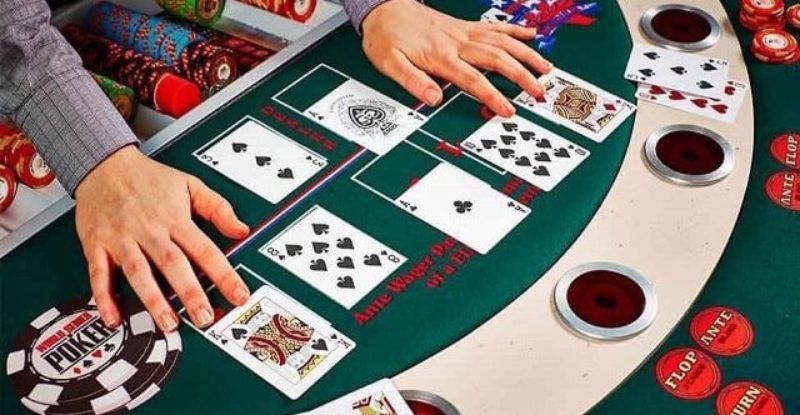
When to Use a Check-Raise on the River?
Using a check-raise on the River is a crucial strategic decision, as this is the final betting round in a poker hand. To effectively employ the check-raise strategy on the River, you should consider several specific situations.
When You Have an Extremely Strong Hand
This is the ideal moment to apply a check-raise. If you possess an exceptionally strong hand that is difficult to beat, executing a check-raise on the River will help you maximize your profit.
Strong hands in this context could include a straight, flush, or a good set. By checking, you create an opportunity for your opponent to bet, after which you can raise. This not only increases the value of the pot but also gives your opponent the impression that they have a chance to win, making them more likely to add money to the pot.
This action also allows you to protect your hand, ensuring that your opponent doesn't easily fold if they have a weak hand.
When Your Opponent Has a Tendency to Bet on the River
Some players have a habit of betting regardless of whether they have a strong or weak hand, especially on the River, where the final card often determines the outcome of the hand.
If you’ve identified this tendency, you can take advantage of it by check-raising on the River. When you check, you are tempting your opponent to bet, and when they do, you can immediately raise, forcing them to confront a difficult decision. Your opponent will need to consider whether they should continue investing in the pot with the hand they hold. If they have a weak hand or just a small pair, they are likely to fold, allowing you to win the pot without taking unnecessary risks.
When You Think Your Opponent Has a Weak or Average Hand
If you notice that your opponent seems uncertain about their hand, using a check-raise on the River can put significant pressure on them.
In this case, the check-raise acts as a bold bluffing tactic. You want to convey that you have a stronger hand, forcing them into a tough decision. If your opponent feels anxious about their hand, they may choose to fold, and if successful, you will win a large pot without revealing the true strength of your hand.
However, bluffing on the River can be riskier than in earlier betting rounds, so you need to be confident in how your opponent reacts and how they perceive the strength of your hand.

The check-raise on the River is a sophisticated strategy that can yield significant benefits when executed correctly.
You should apply the check-raise strategy on the River when you have an extremely strong hand, when your opponent has a tendency to bet continuously, or when you believe your opponent holds a weak or average hand. Being able to read the situation and understand your opponent's playing style will help you make accurate decisions and optimize your profits from your hands.














